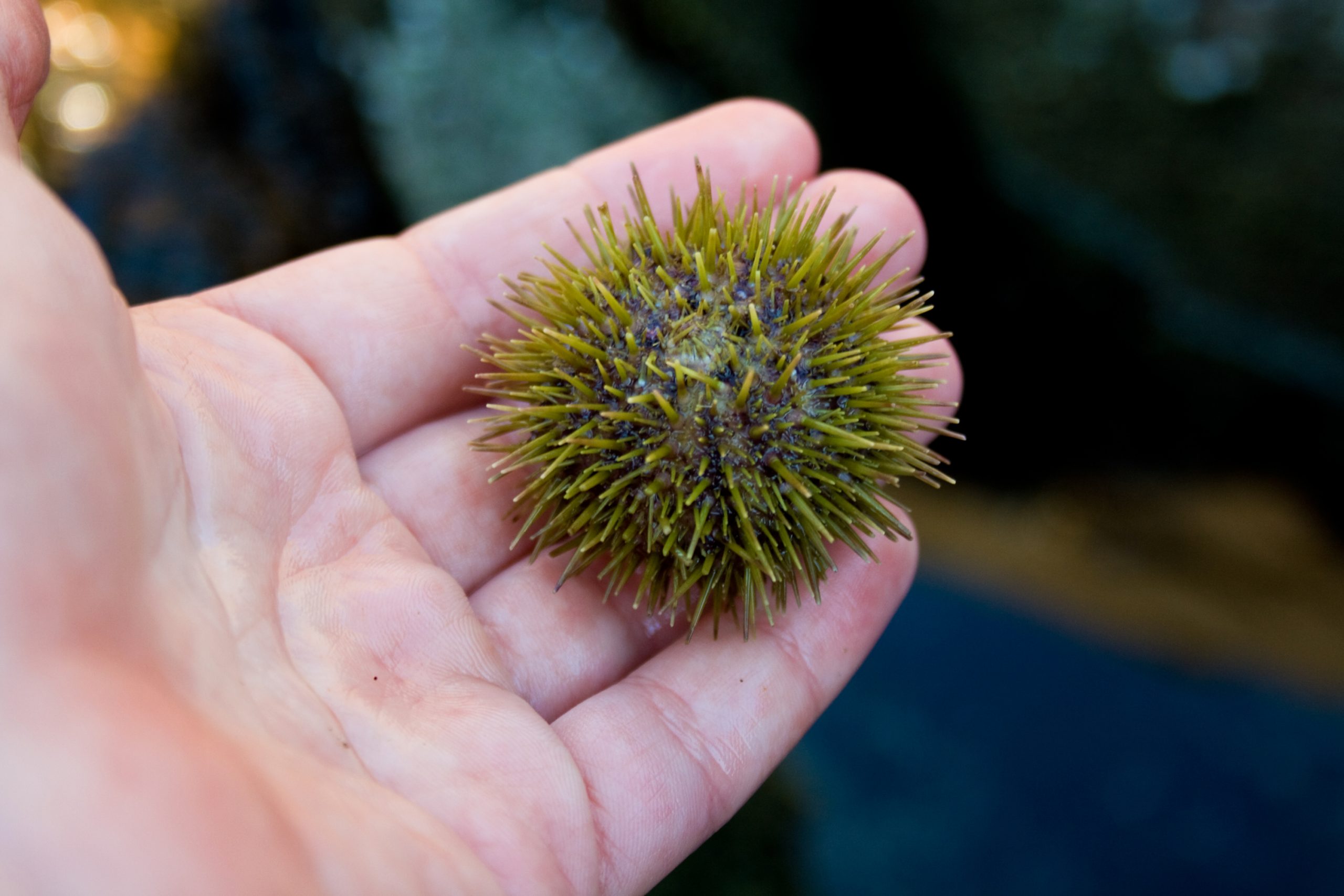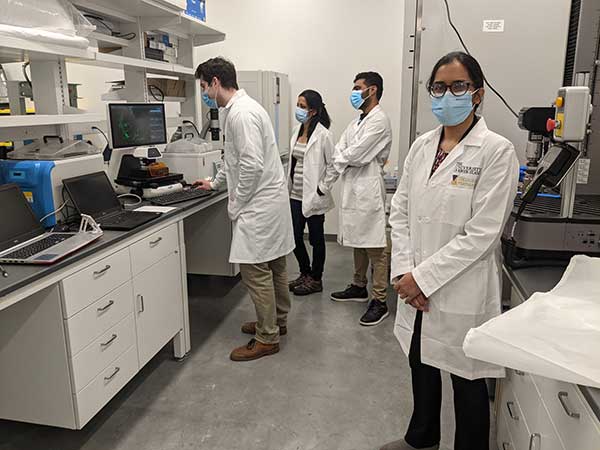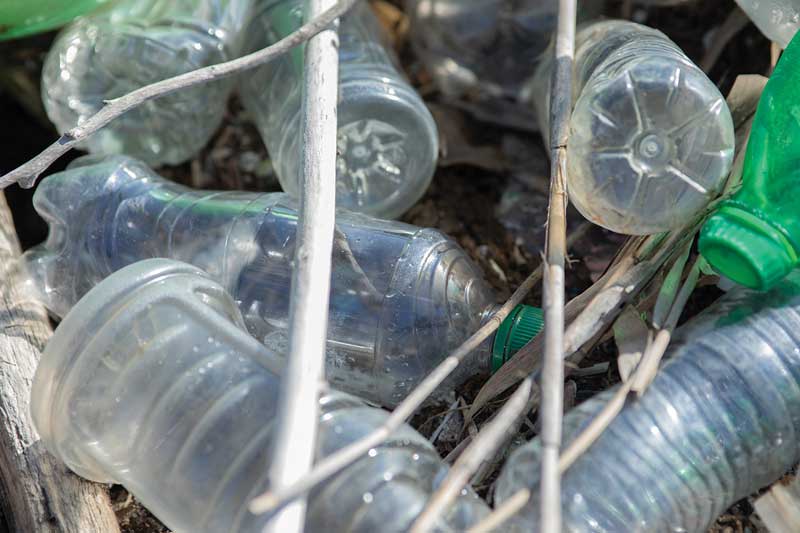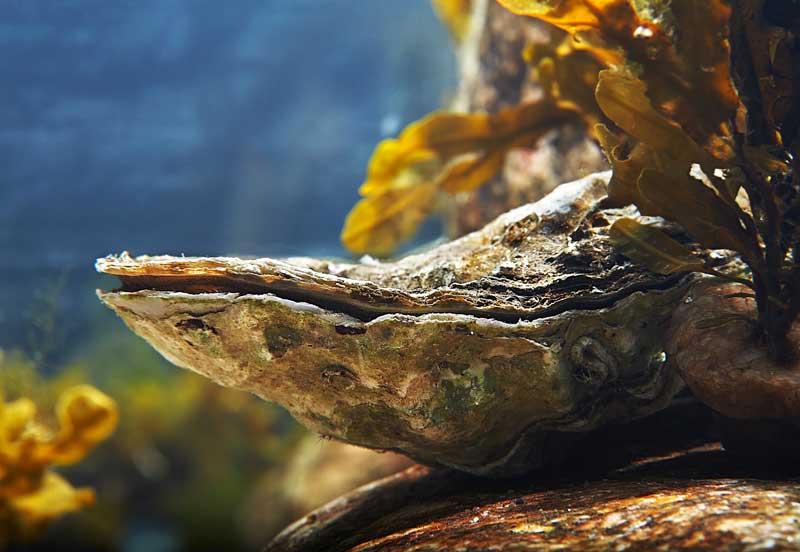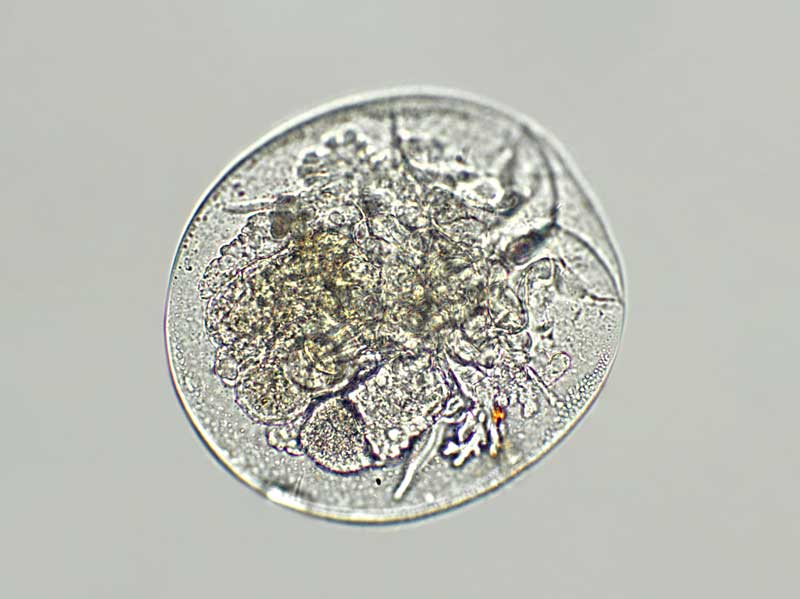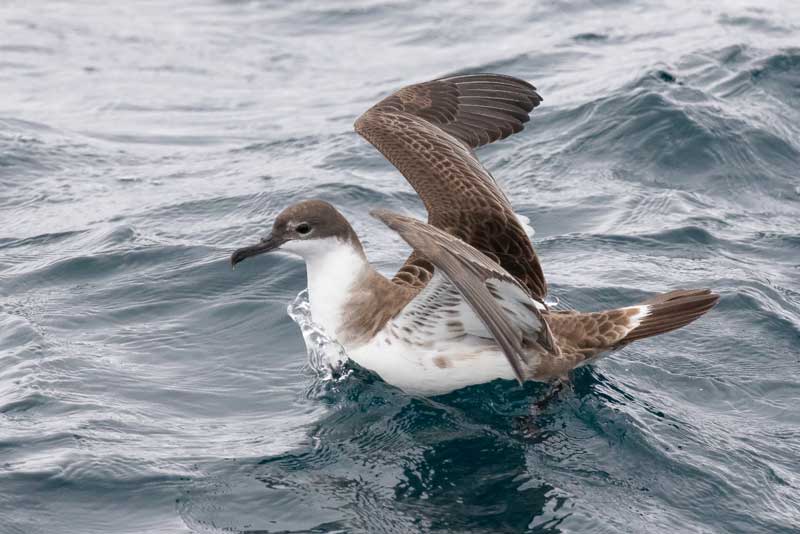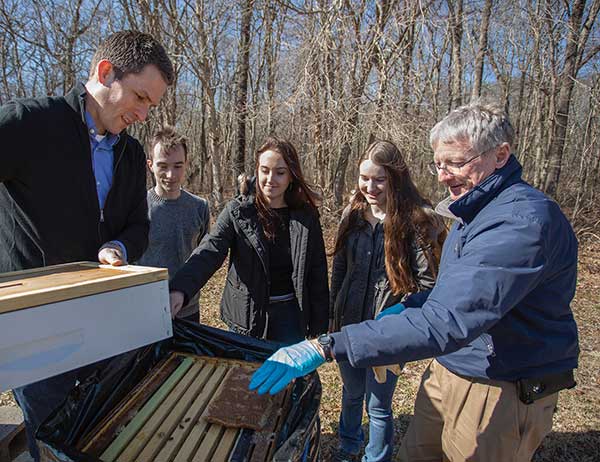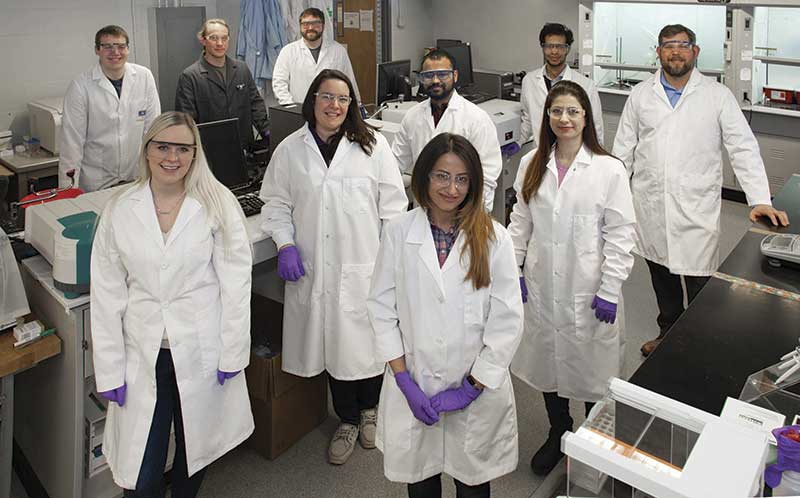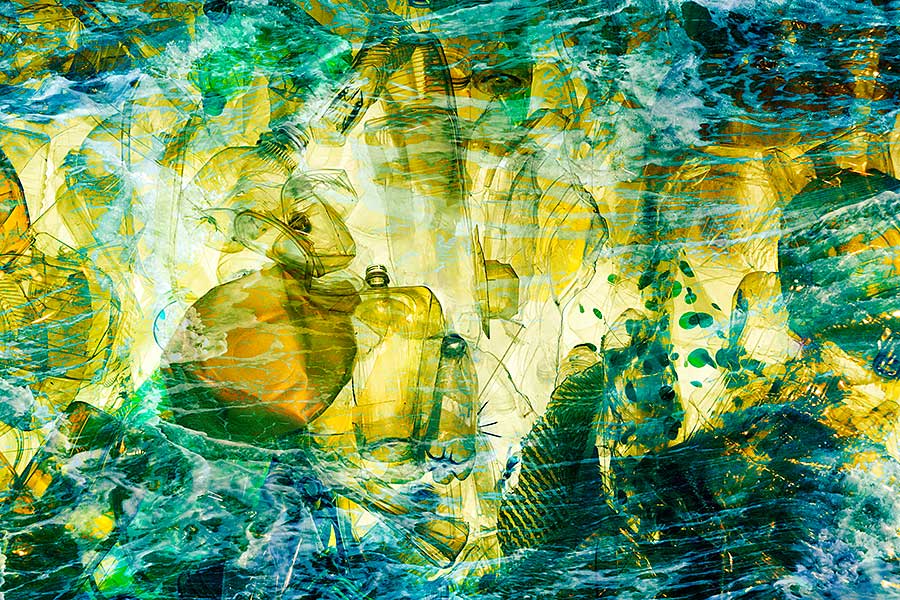Research Areas: Impacts
The pathways and interactions of micro- and nanoplastics exposures are numerous. It is still unclear what the long-term impacts of these are on human and environmental life. To understand, URI researchers across disciplines are studying how shellfish, seaweed, insects, human cells, microzooplankton and a variety of other living organisms interact with microscopic plastics pollution. This knowledge will support decisions further up the pipeline on how and at what level to remediate in domestic processes. Are they attracted to the microplastics? Will they digest them? And what volume do they digest? How are they emitted? What happens on a cellular, subcellular, individual and population level? How far do these travel up the food chain? What types of bacteria, invasive species and toxic chemicals adhere to them? What are their short and long-term outcomes on health?
Projects
This two-year project seeks to improve hatchery production of the green sea urchin, provide seed at no cost to growers, inform the industry at large about sea urchin aquaculture, and engage prospective urchin farmers on grow out possibilities in the Gulf of Maine and coastal northern New England
Read MoreDue to their ubiquitous nature, micro- and nano-plastics are being increasingly taken up by humans especially through occupational exposure, inhalation and ingestion. Microplastics have been found to accumulate and persist within human tissues upon ingestion. There is an urgent need to predictively study the fate as well as short-term and long-term effects of these contaminants following uptake by cells. The Menon lab is developing novel tissue engineering-based approaches that are more representative of in vivo...
Read MoreAcross the globe, scientists are trying to characterize microplastics and the potential impacts it may have on both ecosystem and human health. Given the prevalence of microplastics, specifically microplastic fibers, in the marine environment, it is critical to understand the potential health risks they pose to oysters and the coastal communities, sustainable fisheries, and aquaculture they support within Rhode Island. What is the impact on environmental, human, and economic health relative to this one species?...
Read MoreMany have speculated that the seabed is the final accumulation of microplastics, but the data are limited. This interdisciplinary research team is sampling, examining, and measuring plastics from shoreline to seafloor to examine the storage and sedimentary record of marine plastics to help evaluate its impact on ecosystems. The group is engaging with other scientists at the University of Rhode Island and the U.S. Environmental Protection Agency on the Narragansett RI Bay Campus.
Read MoreThis project aims to look at whether microplastic ingestion by oysters impacts their physiological status and thermal tolerances. This is particularly important in light of global warming and the increasing nature of heatwaves in coastal areas.
Read MoreLab and at-sea experiments in the Menden-Deuer lab measured microplastics ingestion by microzooplankton (single celled predators in the ocean) to understand the impact of microplastics on marine food webs, secondary production and the fate of microplastics across trophic levels. The data were collected by GSO graduate student Victoria Fulfer, under controlled laboratory conditions and aboard cruises to coastal New England aboard the R/V Endeavor.
Read MoreSeabirds, particularly the Great Shearwater, are prone to plastic ingestion and are excellent indicators of plastic pollution. The Great Shearwater Plastic Project, a multi-institution study, is one of the first of few global studies, and the first in the Atlantic, to comprehensively measure plastic ingestion by Great Shearwaters and to assess plastic polymer identity relevant to a regional species. The project team includes collaborators and support from Stellwagen Bank National Marine Sanctuary, NOAA Northeast Fisheries...
Read MoreTerrestrial sources of microplastic and the distribution of microplastic on land are far less understood than aquatic environments; however, the estimated distribution of microplastic on land is believed to exceed that distributed in marine surface waters. Researchers have at their disposal a vast army of mobile, automated dust swabs in the form of managed honeybee colonies worldwide. Honeybees have been designed by evolution to collect particulates from the environment. Their feather-like hairs are perfectly suited...
Read MoreA critical natural component of oceans and a point of initial exposure to plastic pollution are sea surface microlayers, which are ubiquitous globally and are comprised of natural molecules, particulate matter, and microorganisms. These microlayers act as an “ocean skin” that influences the exchange of mass and heat between the seawater and the atmosphere. They are also a site of micro- and nanoplastic accumulation. This project will study how micro- and nanoplastics interact with model...
Read More
